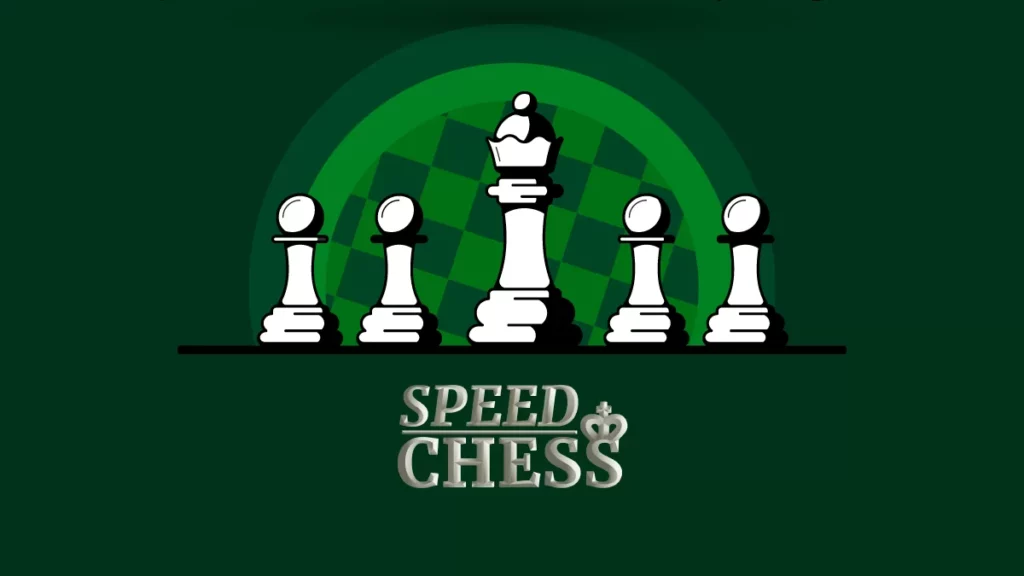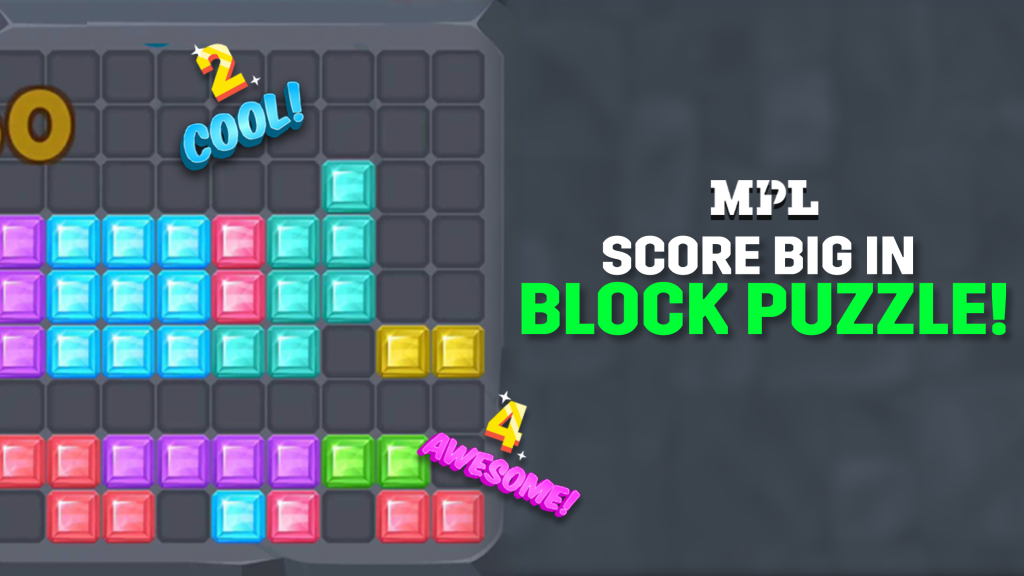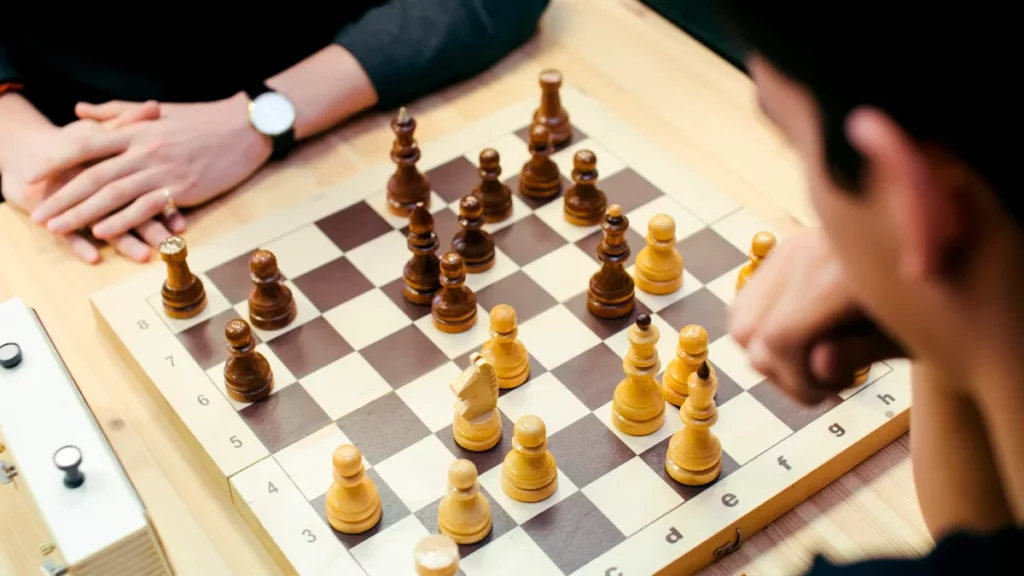Page Contents
ToggleMaking smart moves is very important if you want to win at chess. For years, players have studied different opening moves to get a strong start. But it’s not always easy to know which moves are good and which ones can cause problems. Most players focus on the best openings, but only a few pay attention to the bad moves that can spoil the game early on.
If you’re new to chess, it can be hard to tell whether a move is right or wrong. Even experienced players sometimes make poor moves without knowing how badly it can affect their game. That’s why it takes a lot of practice to become a strong chess player. With time, you learn what works, what doesn’t, and how to avoid the same mistakes again.
If you want to test your skills or try out different moves, you can play Chess Online on MPL app. It’s a great way to learn and improve while playing with real opponents.
Now let’s look at some common chess mistakes that can easily ruin your game.
10 Common Bad Moves to Avoid in Chess
Let’s look at the 10 bad chess moves that can weaken your position right from the start to avoid them and stay ahead in the game.
Barnes Opening
Perhaps, one of the worst opening chess moves is the Barnes Opening (1. f3), i.e., moving the pawn in front of the bishop. This move takes control of the center and blocks the f3 square for the knight, which is an important square as it doesn’t allow pieces to develop while also weakening the king’s safety. This move puts the white pieces in an inferior position with no control of the center and an overall disadvantage.
Here’s what happens:
- White pawn is moved two steps forward from king’s bishop side (f2 to f3).
- Knight on g1 can’t move to f3 anymore.
- King’s safety is slightly compromised.
Ware Opening
Another bad chess opening move that beginners usually make is the Ware Opening. The ware opening move brings the a-rook out very early in the game. The move is not logical as just a move of the black pawn to e5 opens up the board for the black bishop to take control of the a3 square and capture the rook. The Ware opening can lead to an unnecessary loss of a rook early in the game.
Here’s what happens:
- White pawn on the rook’s side is moved from a2 to a4.
- Rook behind it (a1) is exposed too early.
Moving the Queen Early
Agreed that the queen is the strongest piece on the board. However, employing it early in the game can ruin your game for good. There are mainly two concepts behind not developing your queen early. The first concept is that if you bring out your queen early, you may find yourself running behind your usual pace and escaping multiple threats from your opponent. Because the queen is so important, any threat causes her to be retrieved, consuming time instead of developing your pieces. If your opponent is experienced, they may use your queen to grow their pieces more quickly.
The other problem you may face is not knowing where to position the queen, as not many of your opponent’s pieces are developed at an early stage. Moving the queen to f3 also takes away the good square from the g1 knight, leading to castling and disorganization of white’s pieces.
Here’s what happens:
- White queen is moved to f3 early, blocking the g1 knight’s natural path.
- Opponent’s pieces are still undeveloped.
Moving Pawns Guarding the King
As a chess player, you must already know the importance of castling. Castling in the early part of a game is valuable as it helps move the king into a safer position away from the center and moves the rook to the center of the board in a more active position.
One of the worst chess moves is moving the pawn guarding the castled king. The purpose of the pawn in front of the king is to keep the king safe. If you move that pawn, you will be compromising your king’s safety. If there’s an alternate way to make a better move, you must avoid moving that pawn.
Here’s what happens:
- White has castled kingside, and then moves pawn from g2 to g4, exposing the king.
Amar Opening
Abbreviated for an absolutely mad and ridiculous opening by Savielly Tartakower, you can tell from the name that it is a bad chess move. In this move, white develops the knight deliberately and brings it to h3 dor a short castle. However, white fails to notice that if black plays 1. D5 and 2. Bxh3, the knight will be captured, and the white king’s side pieces will be ruined, making it difficult to castle.
In such an opening, white can play G3 to protect the knight with the bishop at f1. But even then, the knight would be oddly positioned, and the white side would have several weaknesses that black can take advantage of.
Here’s what happens:
- Knight on the right side (g1) is moved to h3, an awkward corner.
- Weak development.
Grob’s Attack
One of the worst chess moves that white can make is the Grob’s attack which is an irregular opening. In this opening, the while moves its pawn from g2 to g4. The black can respond with 1. D5 opening the path for the black bishop to capture the white pawn. Grob’s attack leads to an inferior position for white, making it lag in development.
Here’s what happens:
- Pawn moved from g2 to g4, exposing white’s kingside.
- No development of pieces.
Moving the F2 Pawn
The f2 pawn is crucial for the game as the f2 square protects the king. Moving the pawn at f2 leads to a vulnerable opening. In this chess move, black can use the two most common checkmates based on Fool’s mate and Scholar’s mate ideas. For instance, if white moves f2 pawn to f4 and black moves e2 to e3. In the subsequent moves, black can move the queen to h4 and checkmate. The squares surrounding the king are crucial for the protection of the king, especially the f4 square.
Here’s what happens:
- White pawn on f2 moved to f4, weakening the diagonal near the king.
- Sets up Fool’s mate if combined with g2-g4.
Starting the Game with a4 and h4
Many chess beginners and amateur players often tend to start the game with the a4 and h4 moves. These moves are used to activate the rooks behind the pawns. This is a bad chess move as it does not help with the development of the pieces. Moreover, because the pawns and d and e aren’t developed, it also hinders the early development of the bishops. Developing the right pieces is critical, with sound moves early in the game if you want to gain an edge over your opponent. Therefore, the a4 and h4 moves are not considered good moves at the beginning of the game.
Here’s what happens:
- Pawn on h2 is moved to h4, exposing the rook and creating flank weakness.
- No center control.
Castling in certain situations
While castling is always a good idea, it may not be the best in certain situations. For instance, in a case where the white has double pawns of f2 and f3, and the black’s knight and queen are posing a threat for white kings, castling on the king’s side is one of the worst chess moves. In such a situation, when the opponent’s pieces are active on the king’s side of the board, and the pawn structure on that side is damaged, castling on the queen’s side is much safer.
Here’s what happens:
- King has already exposed pawns on f2 and f3, and still castles kingside into danger.
- Opponent’s pieces ready to attack.
Clemenz Opening
This opening is as bad as Grob’s Attack and is counted in the list of bad chess moves. The Clemenz opening may even lead to Grob’s Attack if played correctly. The Clemenz opening starts with white moving its pawn to h3. This move is not beneficial as it neither controls the center nor does it castle or develop the pieces. In fact, it creates a weakness on the king’s side. Although this move doesn’t create trouble for white, white could soon get into trouble with more of such passive moves.
Here’s what happens:
- Pawn on h2 is moved to h3, a passive and slow move.
- No piece developed, no center control.
Conclusion
Understanding the best and worst chess moves comes with more experience of playing chess. You will understand these moves better when you play them in your next chess game on MPL, make mistakes, and understand where you went wrong. Make sure you have looked at the tips to play Chess before starting with the game for an extra edge. However, these moves give an idea of which pieces you should absolutely avoid moving at the beginning of the game. In any case, when you avoid these top 10 chess moves that can ruin your game, you will notice a significant improvement in your game.
Ready to Practice?
Avoiding these bad chess moves is a great first step. Now, it’s time to test your skills! Play chess on the MPL app, compete with real players, and grow your strategy one move at a time.
FAQs
Why is moving the queen early a bad idea?
The queen moves in all directions: vertically, horizontally, and diagonally. But bringing her out too early exposes her to threats and delays the development of own pieces like knights and bishops. It’s better to wait until your position is more stable before deploying your white queen.
What’s wrong with the Barnes Opening?
The Barnes Opening (1. f3) is weak because it blocks the square forward (f3) that the knight should ideally occupy. It also leaves your king’s safety compromised, as it weakens the dark square near the king and exposes the f2 pawn often targeted in early checkmates like the Fool’s Mate.
Why is the Ware Opening discouraged for beginners?
The Ware Opening (1. a4) activates the a-rook without any real strategy. It doesn’t help control the center and may even allow your opponent to capture your rook with a bishop from the square diagonally across. This weak opening can also disrupt your piece development and leave occupied squares under-defended.
How many squares can a queen move?
A chess piece like the queen can move across as many squares as possible in any straight line—squares horizontally, vertically, or square diagonally, as long as there are no own pieces blocking the path.
Why is the f2 pawn important in chess?
The f2 pawn (for White) and f7 pawn (for Black) protect the most vulnerable part of your king’s defense in the starting position. Moving this pawn early opens up the light square and dark square diagonals near the king, allowing for tactics like Scholar’s Mate by the opponent’s queen or attacking piece.
What is pawn promotion, and when does it happen?
Pawn promotion happens when a pawn reaches the final rank (8th for White, 1st for Black). The pawn can then be promoted to a queen, rook, bishop, or knight, usually a queen, as it is the only piece that can cover straight lines, diagonals, and squares horizontally.
How do knight moves differ from other pieces?
A knight moves in an L-shape: two squares in one direction, then one square perpendicular to that. Knights are the only chess piece that can jump over other pieces, and they often land on dark squares or light squares based on their starting point.
Can I move a pawn two squares forward at any time?
No. Pawns can move two squares forward only on their first move from the starting position. After that, they move one square at a time. They capture by moving square diagonally.
How do I know when to castle or not?
You should only castle when your own pieces (especially bishop and knight) are developed, and the opponent’s king doesn’t pose immediate threats on the castling side. Avoid castling if your king’s side has exposed pawns or if your king would land near an occupied square under attack.



















